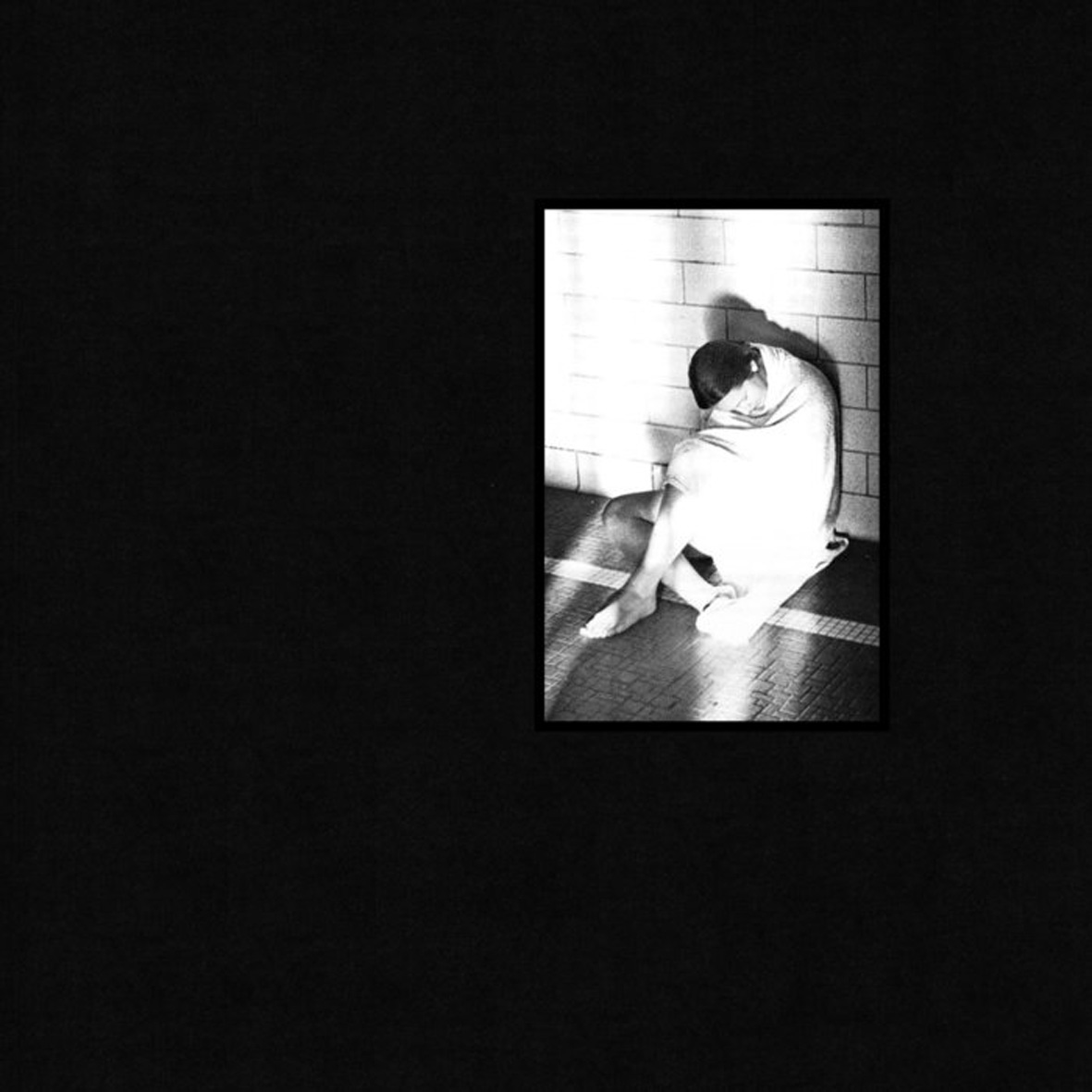 Recorded during the turbulent period following the closure of beloved Denver DIY space Rhinoceropolis, Prayer Hands takes the hazy, melancholy dream-pop beauty of Like Author, Like Daughter and distills it into a gut-punch of simmering and seething emotion. While the swooning, elegantly blurred pop of "Angel" is probably the release's biggest hook, Madeline Johnston and collaborator Tucker Theodore gamely expand the Midwife aesthetic in some more visceral and experimental directions as well. The result is a near-perfect release that features three gorgeously haunting gems of hissing and hypnagogic shoegaze heaven in a row.
Recorded during the turbulent period following the closure of beloved Denver DIY space Rhinoceropolis, Prayer Hands takes the hazy, melancholy dream-pop beauty of Like Author, Like Daughter and distills it into a gut-punch of simmering and seething emotion. While the swooning, elegantly blurred pop of "Angel" is probably the release's biggest hook, Madeline Johnston and collaborator Tucker Theodore gamely expand the Midwife aesthetic in some more visceral and experimental directions as well. The result is a near-perfect release that features three gorgeously haunting gems of hissing and hypnagogic shoegaze heaven in a row.
Two new shows just for you. We have squeezed out two extended release episodes for this weekend to get you through this week. They contain mostly new songs but there's also new issues from the vaults. The first show features music from Rider/Horse, Mint Field, Robert Aiki Aubrey Lowe, Anastasia Coope, ISAN, Stone Music, La Securite, Bark Psychosis, Jon Rose, Master Wilburn Burchette, Umberto, Wand, Tim Koh, Sun An, and Memory Drawings. The second episode has music by Laibach, Melt-Banana, Chuck Johnson, X, K. Yoshimatsu, Dorothy Carter, Pavel Milyakov, Violence Gratuite, Mark Templeton, Dummy, Endon, body / negative, Midwife, Alberto Boccardi, Divine. Cow in Maui from Veronika in Vienna. Get involved: subscribe, review, rate, share with your friends, send images! |



 As the pairing of drummer/percussionist Marshall Trammell and Zachary James Watkins on guitars and electronics, Black Spirituals has had a short, but overwhelmingly brilliant run of experimental albums. Black Access/Black Axes represents the final release in this arrangement (Watkins will be continuing to use the name, however, but with different collaborators), and also a band at the their peak. Drawing from the worlds of noise, jazz, and rock—but never easily settling in to any of those more limiting genres—the album instead encompasses everything, and makes for one of the most multifaceted, and amazing, albums so far this year.
As the pairing of drummer/percussionist Marshall Trammell and Zachary James Watkins on guitars and electronics, Black Spirituals has had a short, but overwhelmingly brilliant run of experimental albums. Black Access/Black Axes represents the final release in this arrangement (Watkins will be continuing to use the name, however, but with different collaborators), and also a band at the their peak. Drawing from the worlds of noise, jazz, and rock—but never easily settling in to any of those more limiting genres—the album instead encompasses everything, and makes for one of the most multifaceted, and amazing, albums so far this year.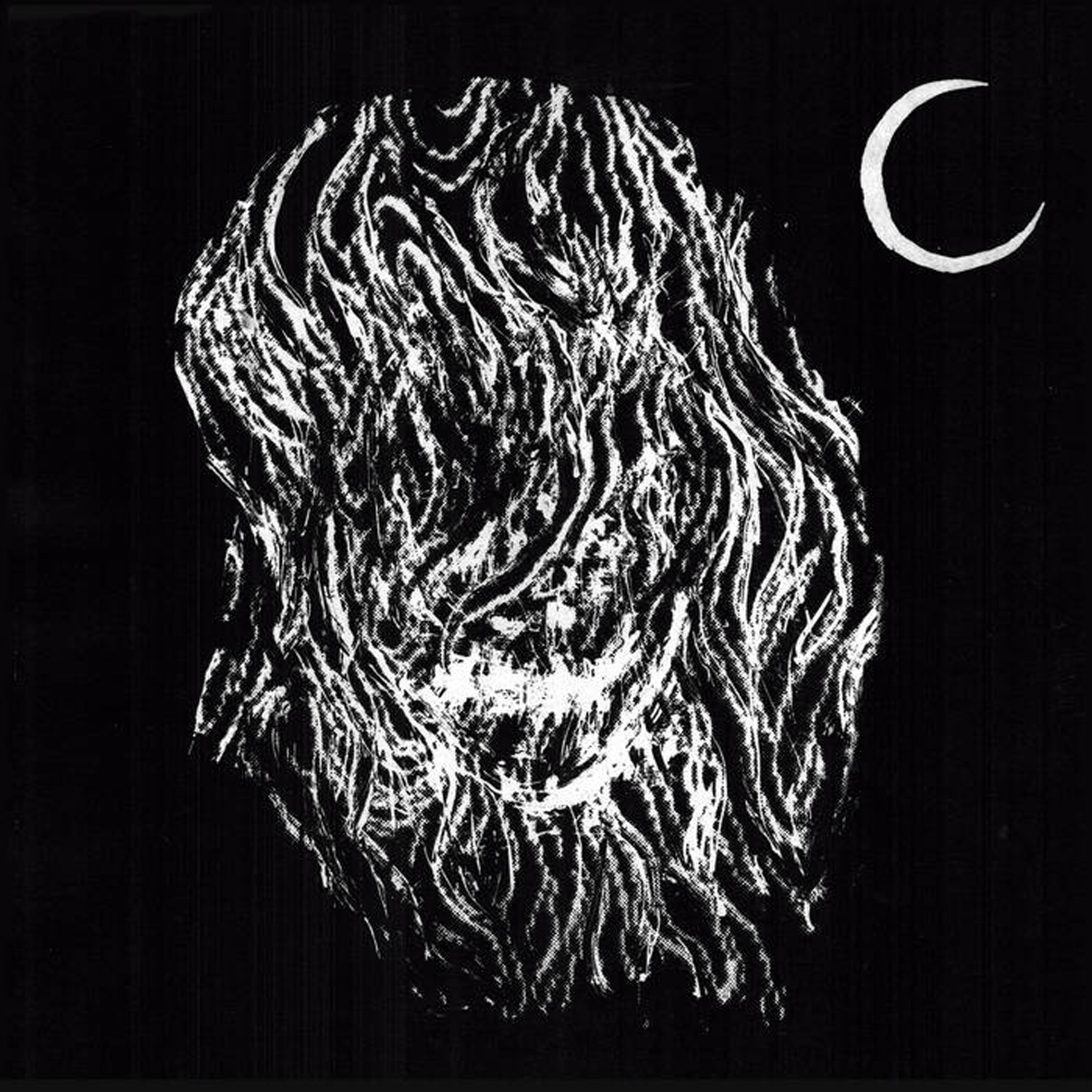 Launching their Lower Floor imprint in 2017 has turned out to be one of the best ideas that Wolf Eyes have ever had, establishing a new outlet that thus far has a near-perfect track record of only releasing the band's strongest and most coherent material. This latest installment, a reissue of an early masterwork from the Aaron Dilloway years, continues that hot streak beautifully. Dread is a murderers' row of grimy, shambling, and ruined delights, featuring two absolute monster bookends with no filler or half-baked experiments in between. This album is broken, thuggish, and ugly in all the best ways–I cannot think of any other Wolf Eyes album quite as simultaneously focused and inspired as this one.
Launching their Lower Floor imprint in 2017 has turned out to be one of the best ideas that Wolf Eyes have ever had, establishing a new outlet that thus far has a near-perfect track record of only releasing the band's strongest and most coherent material. This latest installment, a reissue of an early masterwork from the Aaron Dilloway years, continues that hot streak beautifully. Dread is a murderers' row of grimy, shambling, and ruined delights, featuring two absolute monster bookends with no filler or half-baked experiments in between. This album is broken, thuggish, and ugly in all the best ways–I cannot think of any other Wolf Eyes album quite as simultaneously focused and inspired as this one.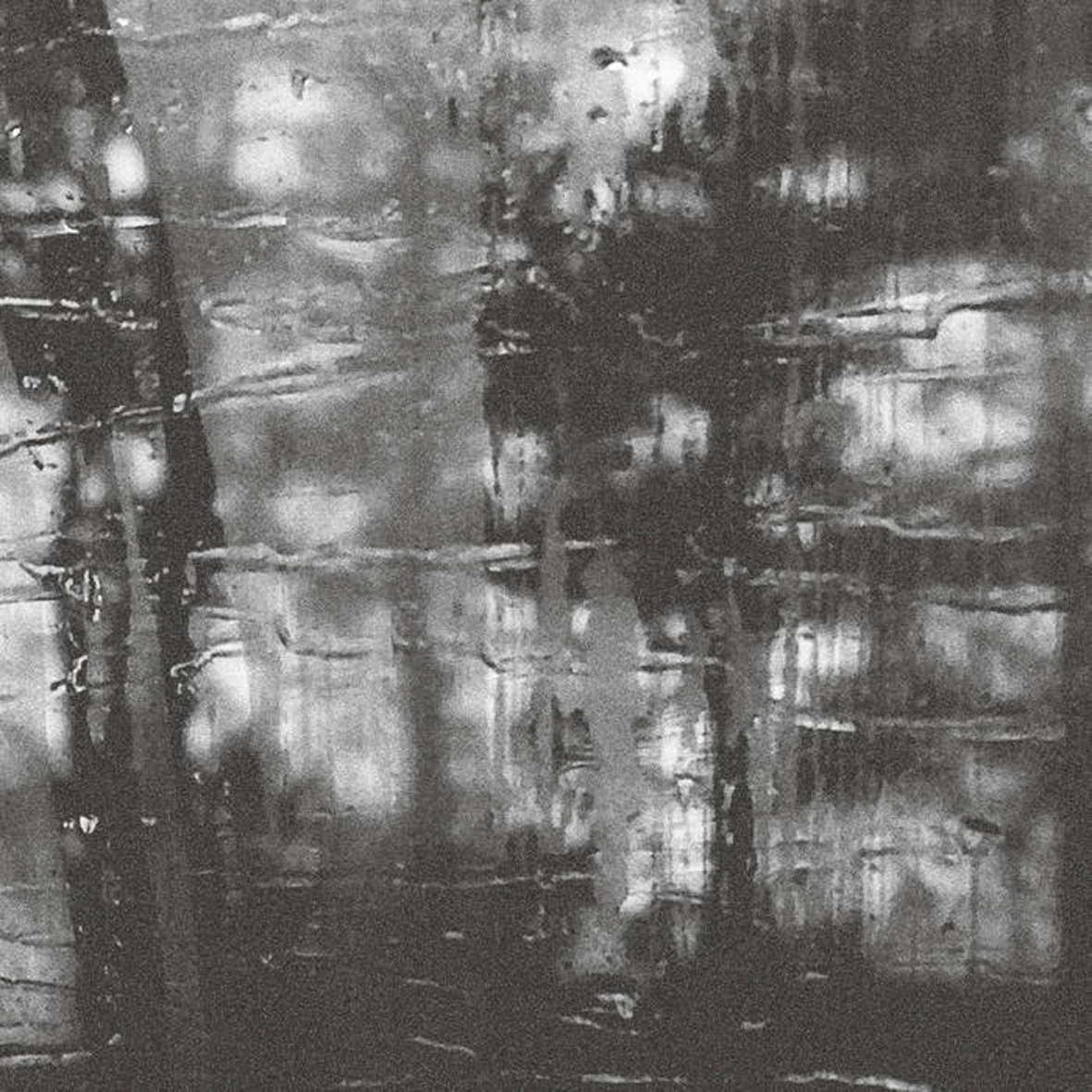 This is Westberg's first solo album as a non-Swan, an occasion he chose to celebrate by radically transforming his working methods: After Vacation abandons his characteristic single-take/no-overdubbing purist high-wire act for a far more expansive, composed, and produced aesthetic. The latter bit is especially significant, as Westberg credits producer Lawrence English as something of a collaborator and After Vacation quite fits comfortably among Room40's more ambient-drone releases. Admittedly, that approach dilutes Westberg's magic a bit, as his home-recorded releases are a bit more distinctive than this one. After Vacation is a fine release in its own right, however, as Westberg makes the most of his expanded palette, crafting a superb (if understated) headphone album that reveals vibrant layers of depth, nuance, and buried melody with attentive listening.
This is Westberg's first solo album as a non-Swan, an occasion he chose to celebrate by radically transforming his working methods: After Vacation abandons his characteristic single-take/no-overdubbing purist high-wire act for a far more expansive, composed, and produced aesthetic. The latter bit is especially significant, as Westberg credits producer Lawrence English as something of a collaborator and After Vacation quite fits comfortably among Room40's more ambient-drone releases. Admittedly, that approach dilutes Westberg's magic a bit, as his home-recorded releases are a bit more distinctive than this one. After Vacation is a fine release in its own right, however, as Westberg makes the most of his expanded palette, crafting a superb (if understated) headphone album that reveals vibrant layers of depth, nuance, and buried melody with attentive listening.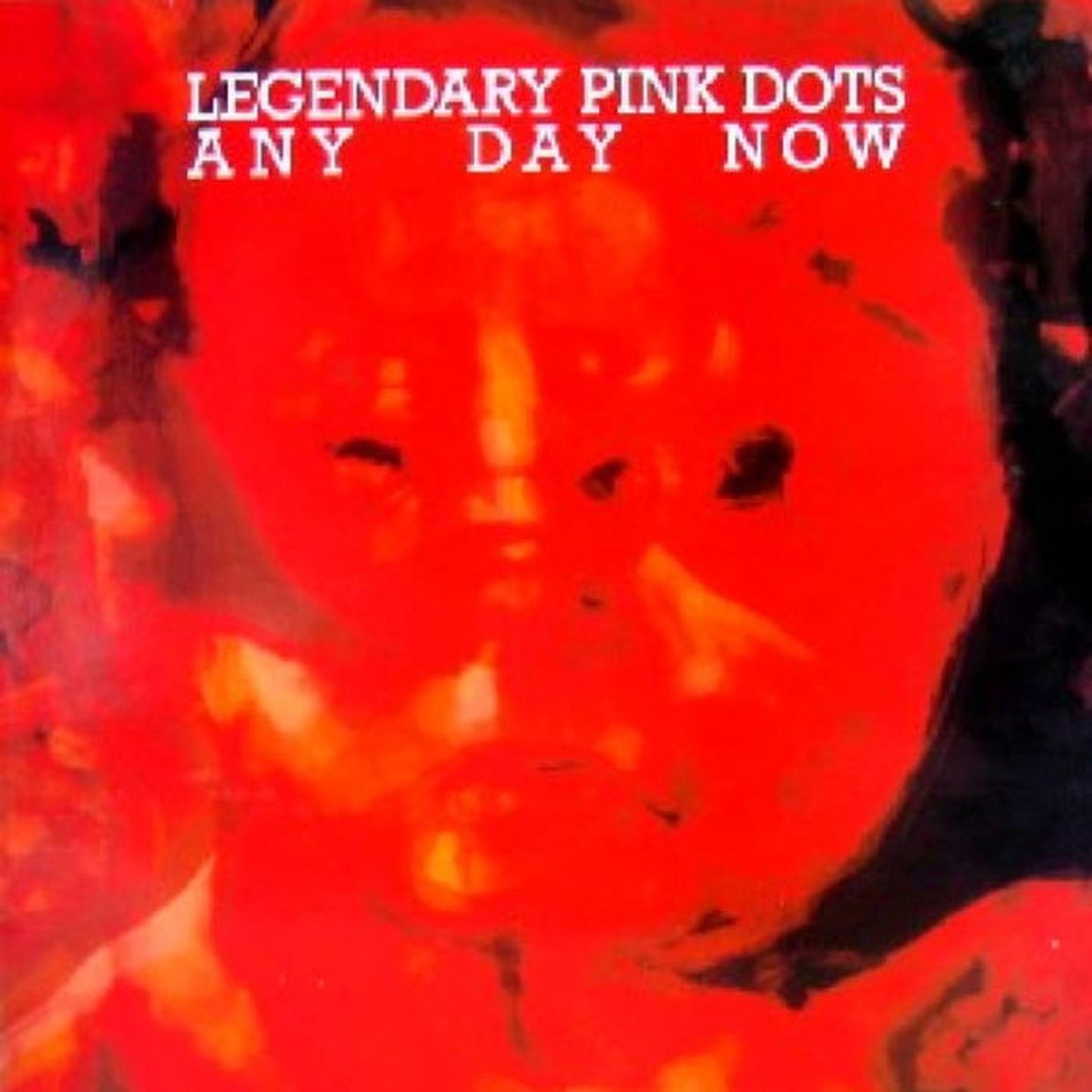 First released on Play It Again Sam back in 1987 and newly reissued on Metropolis, Any Day Now is one of the jewels of The Legendary Pink Dots' '80s discography. Sadly, I was far too busy scouring Circus for Guns N' Roses news to notice it when it first surfaced and only started to delve into the Dots' catalog in the mid-'90s. As a result, Any Day Now was already 25 years old by the time I eventually heard it as part of the Dots' ambitious remastering campaign a few years back. In some respects, I suppose Any Day Now felt a bit dated in places when I finally heard it, but I was far more struck by how vibrant and fleshed-out the band sounded as a six-piece (the violin of Patrick Wright is especially delightful). I am hesitant to say that The Legendary Pink Dots once "rocked," but the full-band aesthetic of that era was certainly quite a different experience than the more distilled and Ka-Spel-centric fare of recent years. Both eras have their share of highlights, certainly, but Any Day Now captures The Legendary Pink Dots at their most lively, playful, and hook-minded, largely excising all of their most indulgent tendencies to craft an incredibly endearing suite of psych-pop gems. This is a legitimate classic.
First released on Play It Again Sam back in 1987 and newly reissued on Metropolis, Any Day Now is one of the jewels of The Legendary Pink Dots' '80s discography. Sadly, I was far too busy scouring Circus for Guns N' Roses news to notice it when it first surfaced and only started to delve into the Dots' catalog in the mid-'90s. As a result, Any Day Now was already 25 years old by the time I eventually heard it as part of the Dots' ambitious remastering campaign a few years back. In some respects, I suppose Any Day Now felt a bit dated in places when I finally heard it, but I was far more struck by how vibrant and fleshed-out the band sounded as a six-piece (the violin of Patrick Wright is especially delightful). I am hesitant to say that The Legendary Pink Dots once "rocked," but the full-band aesthetic of that era was certainly quite a different experience than the more distilled and Ka-Spel-centric fare of recent years. Both eras have their share of highlights, certainly, but Any Day Now captures The Legendary Pink Dots at their most lively, playful, and hook-minded, largely excising all of their most indulgent tendencies to craft an incredibly endearing suite of psych-pop gems. This is a legitimate classic.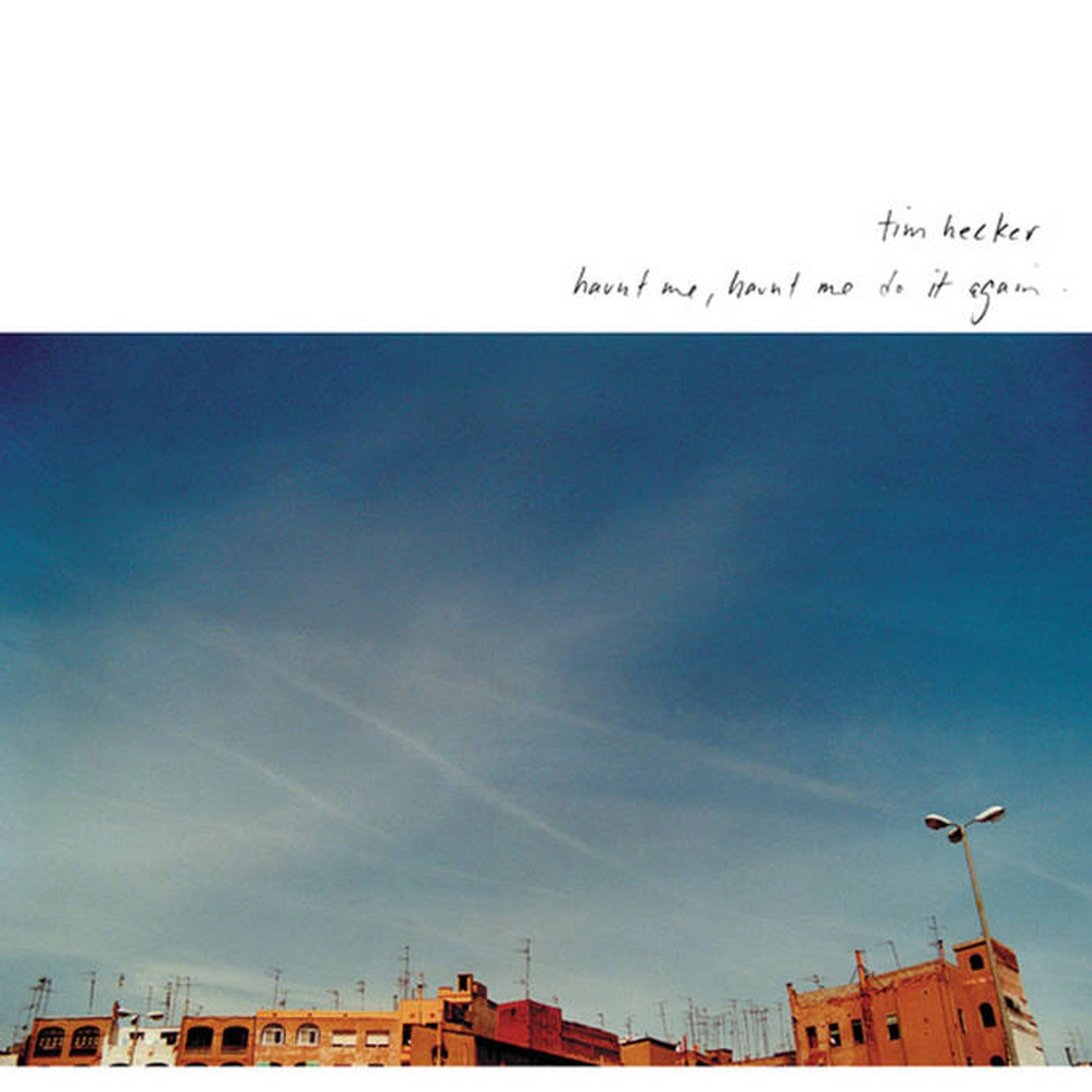 Newly reissued on Kranky, Haunt Me, Haunt Me Do It Again was Tim Hecker's remarkably fine debut album under his own name (he had previously been releasing techno as Jetone). Revisiting it now as a long-time Hecker fan, I find it still stands up as a great album, yet there is surprisingly little about it that presages the visionary career that would follow in its wake. At the time of their release, both Haunt Me (2001) and its follow-up (Radio Amor) merely felt like a couple of the better albums to emerge from a thriving generation of glitch-inspired, laptop-wielding artists centered roughly around Mille Plateaux. As such, Haunt Me was very much an album of its time, but that time was truly a golden age of experimental music: this debut was just one of many enduring gems from a period where it seemed like the flood of crucial albums from Fennesz, Colleen, Jim O'Rourke, Oval, Ryoji Ikeda, Alva Noto, and others was never going to end.
Newly reissued on Kranky, Haunt Me, Haunt Me Do It Again was Tim Hecker's remarkably fine debut album under his own name (he had previously been releasing techno as Jetone). Revisiting it now as a long-time Hecker fan, I find it still stands up as a great album, yet there is surprisingly little about it that presages the visionary career that would follow in its wake. At the time of their release, both Haunt Me (2001) and its follow-up (Radio Amor) merely felt like a couple of the better albums to emerge from a thriving generation of glitch-inspired, laptop-wielding artists centered roughly around Mille Plateaux. As such, Haunt Me was very much an album of its time, but that time was truly a golden age of experimental music: this debut was just one of many enduring gems from a period where it seemed like the flood of crucial albums from Fennesz, Colleen, Jim O'Rourke, Oval, Ryoji Ikeda, Alva Noto, and others was never going to end. The latest work by Thanasis Kaproulias, like 2016's Sirens, is the audio component of a larger, more multimedia focused piece of art. The other half, a film by Isaac Niemand, is not included this time around, however. These two distinct audio pieces are unified and based on field recordings in two very different locations, the first being the natural climate of Iceland, and the second from New York City. Even with the different sources, both pieces fit together wonderfully, with a harsher first half and a more pensive second.
The latest work by Thanasis Kaproulias, like 2016's Sirens, is the audio component of a larger, more multimedia focused piece of art. The other half, a film by Isaac Niemand, is not included this time around, however. These two distinct audio pieces are unified and based on field recordings in two very different locations, the first being the natural climate of Iceland, and the second from New York City. Even with the different sources, both pieces fit together wonderfully, with a harsher first half and a more pensive second. Mark Van Hoen's latest album is the result of a series of live performances with other Touch luminaries, such as Simon Scott and Philip Jeck, that he participated in all throughout 2016. This experience manifests itself in a somewhat different than expected way on Invisible Threads, because this final result is purely a solo work. However, it was these previous collaborations and performances that lead to Van Hoen approaching the record from different perspectives and with a variety of instrumentation, resulting in a diverse, yet overall uniform sounding album.
Mark Van Hoen's latest album is the result of a series of live performances with other Touch luminaries, such as Simon Scott and Philip Jeck, that he participated in all throughout 2016. This experience manifests itself in a somewhat different than expected way on Invisible Threads, because this final result is purely a solo work. However, it was these previous collaborations and performances that lead to Van Hoen approaching the record from different perspectives and with a variety of instrumentation, resulting in a diverse, yet overall uniform sounding album.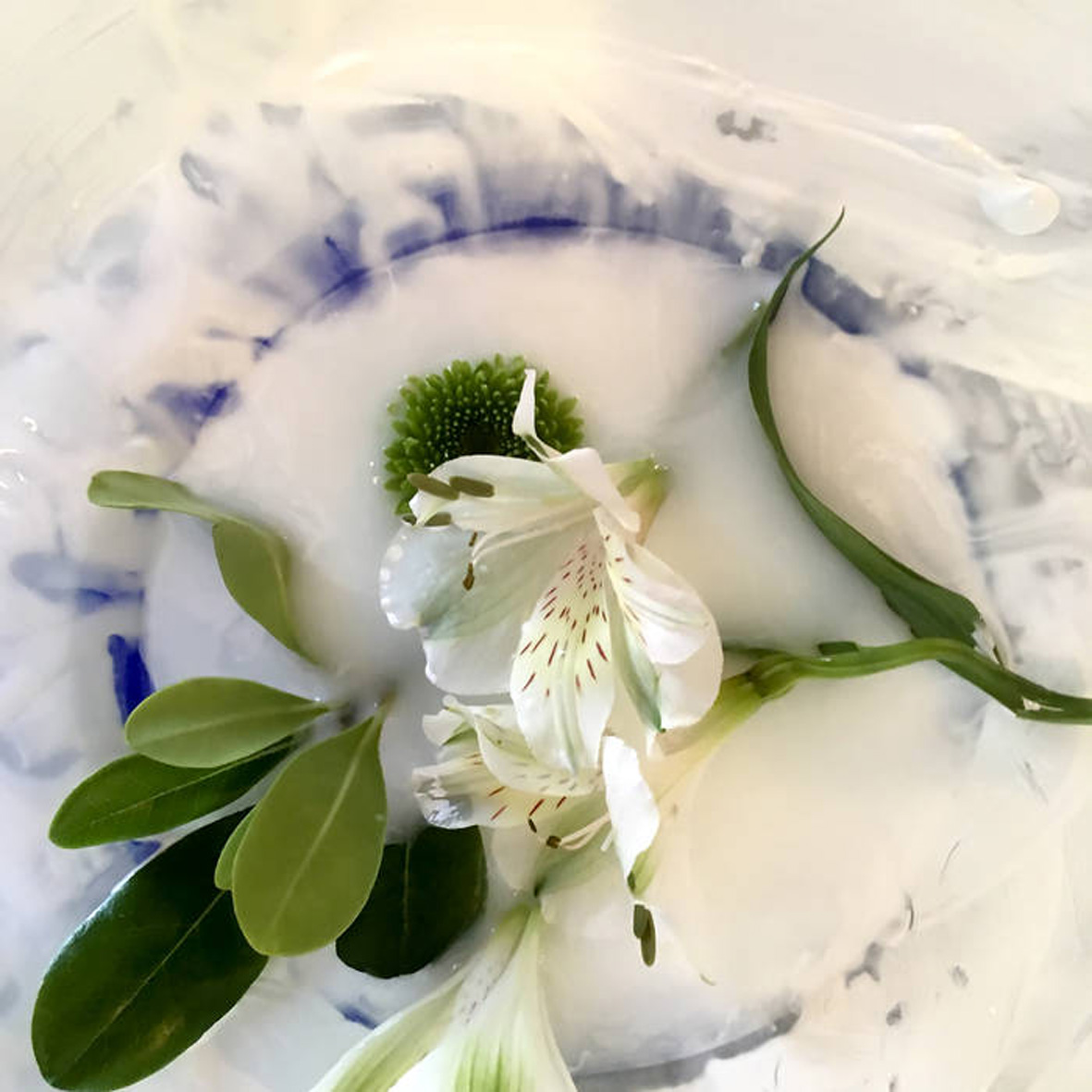 It was quite an unexpected and delightful surprise to get a new Abul Mogard full-length, as the unprolific Serbian composer seems to only record one or two new pieces each year (ones that get released, anyway). Apparently, Above All Dreams took three years to make though, so I guess that fits with Mogard's extremely considered approach and rigorous quality control. Characteristically, Dreams is yet another absolutely wonderful release, but it is a bit of a departure from what I expected in some ways and it took me several listens to fully warm to it: Dreams feels more like an immersive, slow-burning epic than a batch of instantly gratifying individual highlights. As such, this release is probably not the ideal entry point to Mogard's vision for newcomers, but devotees will find a lot to love about these transcendent reveries, as this album packs a lot of quiet intensity once its depths are fully revealed.
It was quite an unexpected and delightful surprise to get a new Abul Mogard full-length, as the unprolific Serbian composer seems to only record one or two new pieces each year (ones that get released, anyway). Apparently, Above All Dreams took three years to make though, so I guess that fits with Mogard's extremely considered approach and rigorous quality control. Characteristically, Dreams is yet another absolutely wonderful release, but it is a bit of a departure from what I expected in some ways and it took me several listens to fully warm to it: Dreams feels more like an immersive, slow-burning epic than a batch of instantly gratifying individual highlights. As such, this release is probably not the ideal entry point to Mogard's vision for newcomers, but devotees will find a lot to love about these transcendent reveries, as this album packs a lot of quiet intensity once its depths are fully revealed.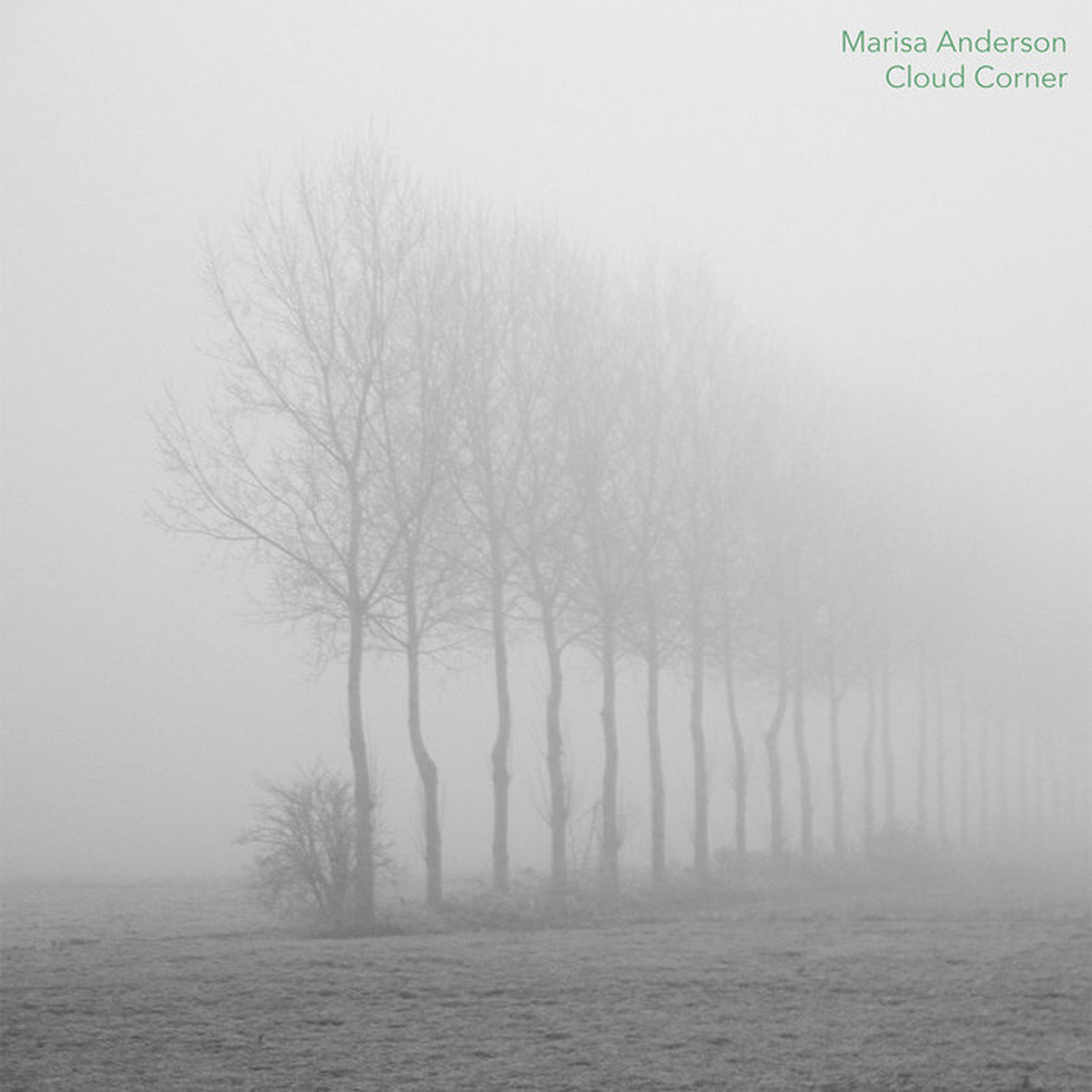 Marisa Anderson has quietly been one of the most reliably excellent solo guitarists around for years, slowly amassing a fine discography of limited releases that occasionally get a well-deserved reissue. The handful that I have heard, however, do not quite capture the full extent of Anderson's powers, as it has historically been very easy to lump her in with the overcrowded post-Fahey milieu. On Cloud Corner, her Thrill Jockey debut and most high-profile release to date, she simultaneously celebrates and transcends her folk/blues origins, drawing in Spanish and Taureg influences and fleshing out her sound with a host of effects, added instrumentation, and overdubs. It is remarkable how much difference making full use of a studio can make: Anderson's virtuosity and gift for strong melodies remain as delightful as ever, but her work has never sounded quite this vibrant, varied, and evocative. Cloud Corner is definitely Anderson's finest release to date (and occasionally also the best album that Six Organs of Admittance never recorded).
Marisa Anderson has quietly been one of the most reliably excellent solo guitarists around for years, slowly amassing a fine discography of limited releases that occasionally get a well-deserved reissue. The handful that I have heard, however, do not quite capture the full extent of Anderson's powers, as it has historically been very easy to lump her in with the overcrowded post-Fahey milieu. On Cloud Corner, her Thrill Jockey debut and most high-profile release to date, she simultaneously celebrates and transcends her folk/blues origins, drawing in Spanish and Taureg influences and fleshing out her sound with a host of effects, added instrumentation, and overdubs. It is remarkable how much difference making full use of a studio can make: Anderson's virtuosity and gift for strong melodies remain as delightful as ever, but her work has never sounded quite this vibrant, varied, and evocative. Cloud Corner is definitely Anderson's finest release to date (and occasionally also the best album that Six Organs of Admittance never recorded).
